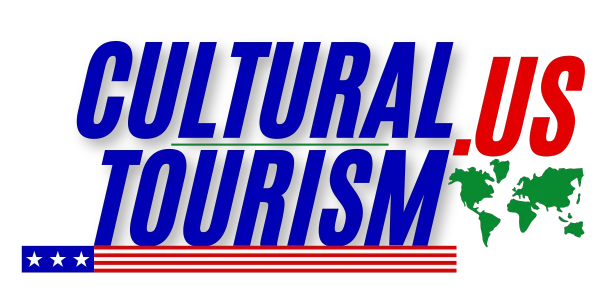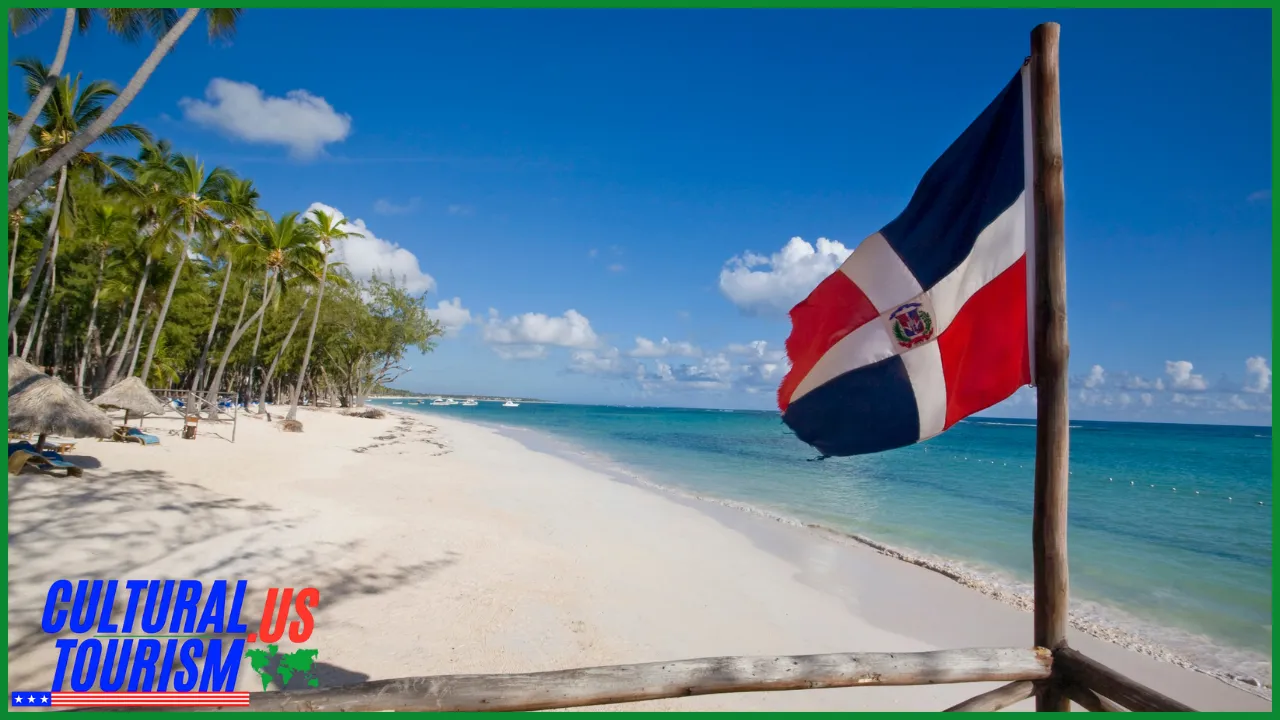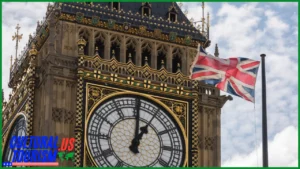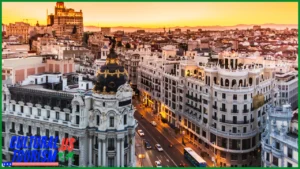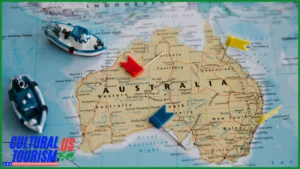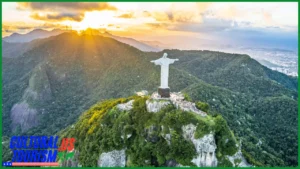Let’s Dive into the Rhythms of the Dominican Republic
Alright, my friend! If you’re reading this, it’s because you know there’s more to the Dominican Republic than just beautiful beaches and the occasional piña colada. We’re talking about the vibrant, pulsating world of music and dance that defines this tropical paradise. So, let’s unravel the delightful history of two of its most famous genres: Merengue and Bachata!
The Beginnings of Merengue
Merengue isn’t just a dance; it’s a way of life in the DR! This lively music genre dates back to the 19th century and is steeped in rich cultural influences that are as diverse as the island itself. Picture this: African rhythms, European harmonies, and a sprinkle of Taino influence all come together to create Merengue!
Key Influences on Merengue
- African Roots: The beats and rhythms are heavily influenced by African music.
- European Influences: Spanish melodies and instruments add a sweet twist.
- Taino Impact: The island’s indigenous people contributed to the cultural mix with their own traditional sounds.
Merengue’s Popularity Surge
During the 1930s, Merengue gained immense popularity thanks to the dictatorship of Rafael Trujillo, who saw it as a symbol of national pride. And guess what? His dance parties were probably the most controversial social gatherings of the time!
Understanding Bachata
Now, let’s shimmy over to Bachata. This genre has a slightly different vibe—think romance, heartache, and deep soulful connections. Believed to have emerged in the rural areas of the Dominican Republic in the early 20th century, Bachata was often seen as music for the lower class, but oh, how the tables have turned! Now, it’s a global sensation!
The Evolution of Bachata
Initially, Bachata was played with a guitar, maracas, and a bongo drum, and lyrics were often about love and loss, resonating with the struggles of everyday life. Here’s a fun fact: Bachata was shunned by the elite for many decades, but in the 1990s, it kicked down that door in style!
Bringing It All Together
So, how do these two genres stand today? Both Merengue and Bachata go hand-in-hand in pretty much every Dominican gathering, from street parties to lavish weddings. If you step into a club in Santo Domingo, you would likely feel like you’ve entered a vibrant dance-off!
Tips for Getting Your Groove On
- Don’t Be Shy: Everyone is there to have a good time, so just jump in and dance!
- Learn Some Basics: Merengue is all about the simple side-step; Bachata has a basic three-step. Trust me, it’s easier than your last gym workout!
- Piggyback Off Others: If you’re unsure, just follow another dancer who’s grooving. You’d be surprised how far you can get just by watching!
Final Thoughts
So there you have it! Whether you’re flapping your wings in Merengue or taking it slow in Bachata, these rhythms are more than just music; they’re a celebration of Dominican culture and spirit. So, grab a friend, hit the dance floor, and let the rhythms sweep you off your feet. And hey, if you found this nugget of information helpful, feel free to share it with anyone looking to get the lowdown on Dominican beats!
Essential Tips for Your Dominican Adventure
Before you pack your bags and hop on a plane to the beautiful Dominican Republic, here are some nuggets of wisdom to ensure your trip is as smooth as a Bachata move.
| Tip | Description |
|---|---|
| Currency | The Dominican Peso (DOP) is the official currency. Remember to bring some cash for the local markets! Your credit card might not get a warm welcome everywhere. |
| Time Zone ⏰ | Dominican Republic is on Atlantic Standard Time (AST). No daylight saving time here, so keep your watch on the right hour! |
| Weather ☀️ ️ | The climate is typically tropical—think hot and humid with a chance of rain. Remember, the sun can be fierce, so slap on that sunscreen like it’s your dance partner! |
| Local Transport | Taxis are available, but for a local experience, jump on a «carro publico» (shared taxi). It’s like a rollercoaster with new friends—just busier and with a lot more horn honking! |
| Language ️ | Spanish is the official language. Brush up on some local phrases; you’ll win hearts faster than you can say “¡Bailamos!” |
| Fun Fact | Did you know the Dominican Republic is the home of the first cathedral in the Americas? Talk about a charming mix of history and dance! |
Final Reminder
Whether you’re here for the music, the beaches, or just to say «I did it!», the Dominican Republic is ready to welcome you with open arms and some spicy salsa. So let’s go dance like no one is watching (even if they totally are)!
